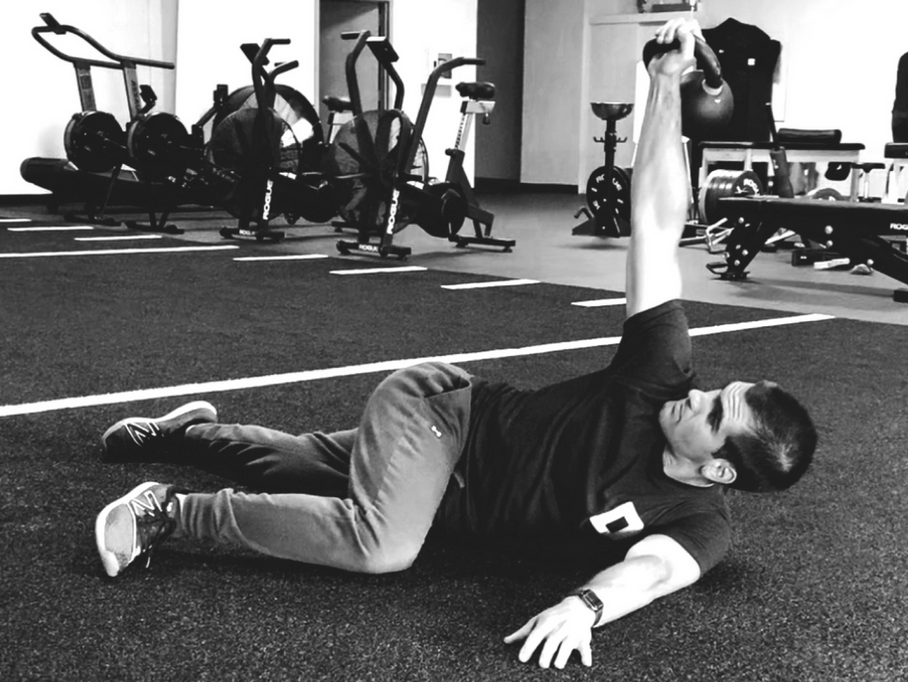
What Makes a Good Warmup?
It could be your favorite part of the workout, it could be your least favorite part of the workout. It’s the part where thoughts such as “why am I choosing to torture myself here?” or “I’m about to dominate” run through our heads. If you couldn’t guess by now, I am of course talking about the warm up!
The warm up is arguably the most important part of the entire training session and admittedly, it was a part I often neglected or breezed through. When your sessions include heavy squats, deadlifts, and presses, it is easy to get lost in the excitement of moving heavy weights causing one to glance over the stretches and mobility work that most warm ups often include. As I mentioned earlier, I used to be guilty of skipping warmups but I now know better and understand the purpose that the warm up serves. The warm up is where we not only prepare our bodies for the tasks we are about to execute, but it is also where we prepare our minds. A good warm up not only prepares you for the demands of the training session, but it will also allow you to maximize your performance during the session! Not only does a good warm up maximize performance, but it will also reduce the likelihood of injury. Increased performance? Reduced injury risk? Sign me up!
So, what makes a good warm up? If you asked ten different athletes what they do to warm up, you might get ten different responses. There can be many different approaches taken, and these approaches may even be individual specific. That being said, there are a few principles that all great warm up routines will have in common. To start off, we want to increase the temperature of our muscle tissue. Increasing tissue temperature is important because it promotes elasticity, or the ability of our muscles to return to their normal positions after being lengthened and shortened. Good ways to accomplish this within a warm up include foam rolling as well as dynamic lengthening exercises such as walking pull-backs, butt-kicks, and knee-hugs. The second ingredient of a great warm up is to prime the mobility of our joints. Joint health is crucial for sustainability and good training should be done at full ranges of motion. By performing exercises such as bird dogs, hip circles, and the world’s greatest stretch, we are actively taking our bodies through ranges of motion that may not be achieved during a normal day and priming the mobility of our joints for the demands of training.
Next, a good warmup should rehearse movements that are going to be performed during the training session. Nobody just walks up to the squat rack and squats 500 pounds cold. They start with the bar and gradually work their way up. If you know you are going to be squatting, including some light heels elevated goblet squats in the warm up is a great way to prime the body and rehearse the movement that will be performed later on at a much higher intensity. Finally, the last component of a great warm up should be prepping the Central Nervous System (CNS) for the demands of the session. This can be done in a number of different ways, but the simplest is by increasing your heart rate. Whether it be from sprinting, jumping, or even jumping jacks, getting the heart rate up and preparing the CNS will allow our bodies to deliver more oxygen to the muscles and allow our nerves to transmit signals more efficiently.
The last idea to keep in mind when planning a warm up is that there should be a progressive flow to it. Just as you wouldn’t attempt a max lift right off the bat, the warm up should progress in a manner that goes from simple to complex. One thought is to start the warm up with ground based exercises, then transition to a half-kneeling position, and finally end standing up. The same can be said when warming up for speed drills. The idea should be to start slow and then gradually progress to faster exercises. A good example of this would be to start with a high knee march, transition to a high knee skip, followed by high knees, and finally ending with a sprint. Remember, the warm up should have a flow. Simple to complex, easy to hard, slow to fast, bilateral to unilateral.
To sum it all up, the warm up is an intricate part of the workout and allows us to maximize our performance and reduce the likelihood of injury. When writing a warm up, the goals should be to increase tissue temperature, prime mobility, rehearse movement, and stimulate the CNS. In addition, don’t forget just like with any good training, the warm up should have a flow to it and progress from simple to complex. Keep this in mind next time you think about skipping your warm up, as you could be missing out on your best performance and putting yourself at a higher risk of injury!
Thank you so much for reading! Any questions please feel free to reach out. Also, just want to give a huge shout out to the guys at Cressey Sports Performance as a lot of my thought process and knowledge is influenced by the time I spent up with them during my internship.

